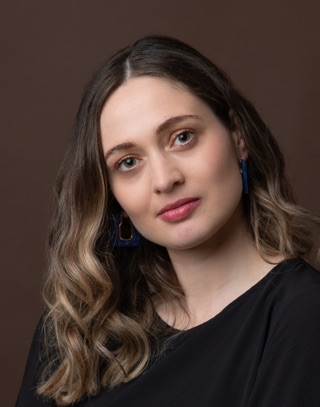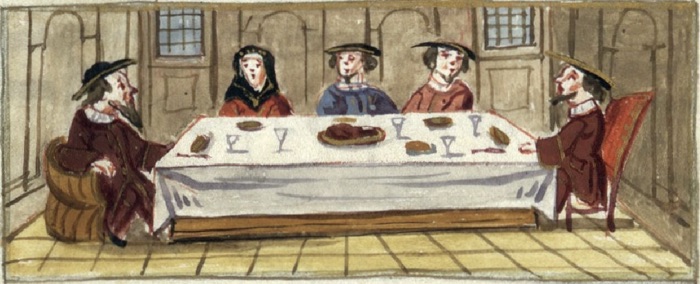
Podcast: Play in new window | Download (Duration: 24:42 — 22.8MB)
Subscribe: Google Podcasts | Spotify | Android | RSS | More
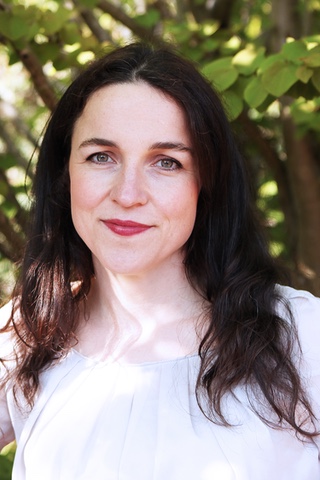
Some universal truths did emerge from our conversation. Fruit and veg is almost always better for the planet than meat, and homegrown is generally preferable to imported. Exceptions, however, are not uncommon, and in the end questions outnumber simple answers.
Notes
- Avocado Anxiety: and Other Stories About Where Your Food Comes From is available from Bookshop.org and elsewhere.
- We didn’t discuss the meaning of the word avocado, thank heavens, because the greatest service I can offer is to point out that nobody believes that words like nut or ball actually mean testicle. Let the Nawatl Scholar explain: the word guacamole does not come from the Nahuatl word for “ground testicles or avocados”..
- The book Louise Gray mentioned at the end is The Avocado Debate by Honor May Eldridge.
- Here is the transcript.
- Photo of Louise Gray by Nancy MacDonald. Others scraped by me from Instagram.


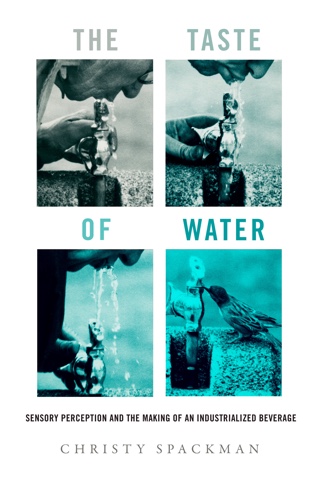 Water is tricky stuff. It can be limpid and clear but dangerous, home to harmful bacteria and parasites. It can be murky, but perfectly safe to drink. It may smell of chlorine, which puts people off, but perversely that is a sign that no bacteria are present.
Water is tricky stuff. It can be limpid and clear but dangerous, home to harmful bacteria and parasites. It can be murky, but perfectly safe to drink. It may smell of chlorine, which puts people off, but perversely that is a sign that no bacteria are present.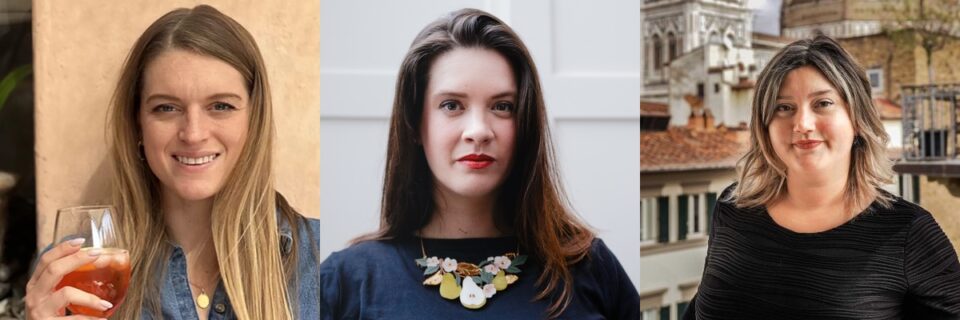
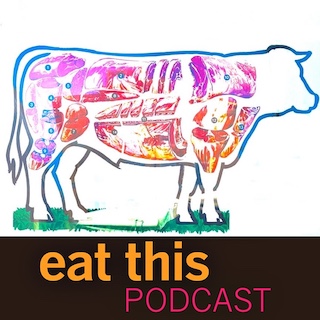 Cheap supermarket meat has been making life difficult for independent butchers for quite some time now. England has lost 60 per cent of its butcher shops in the past few decades, Australia 80 per cent. I couldn’t find figures for the United States. Against that background, there has been an uptick of interest from young people wanting to learn the skills needed to deconstruct an animal carcass. What surprised me – and of course it shouldn’t have – is that women are learning butchery. I chatted with three of them.
Cheap supermarket meat has been making life difficult for independent butchers for quite some time now. England has lost 60 per cent of its butcher shops in the past few decades, Australia 80 per cent. I couldn’t find figures for the United States. Against that background, there has been an uptick of interest from young people wanting to learn the skills needed to deconstruct an animal carcass. What surprised me – and of course it shouldn’t have – is that women are learning butchery. I chatted with three of them.
